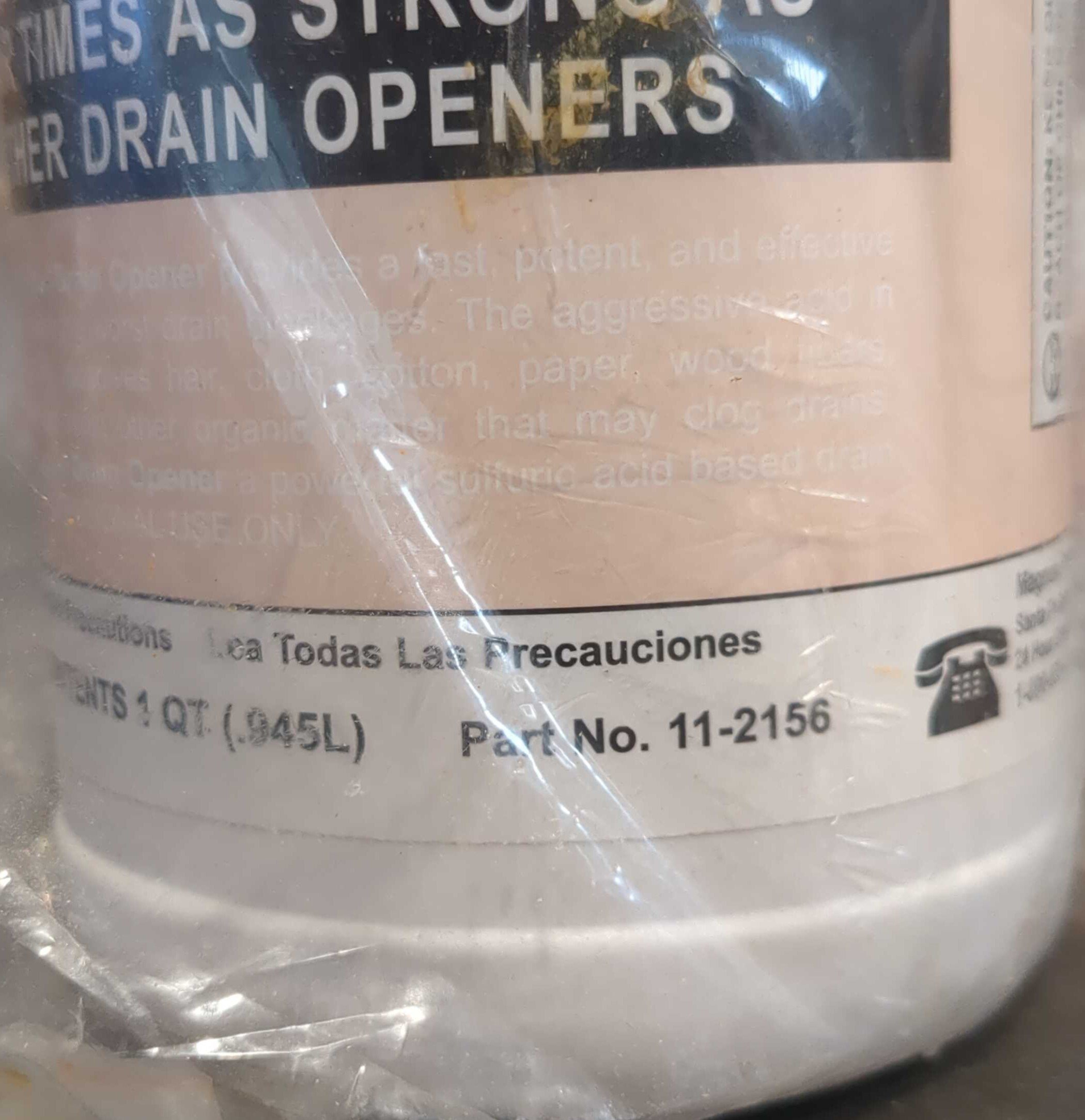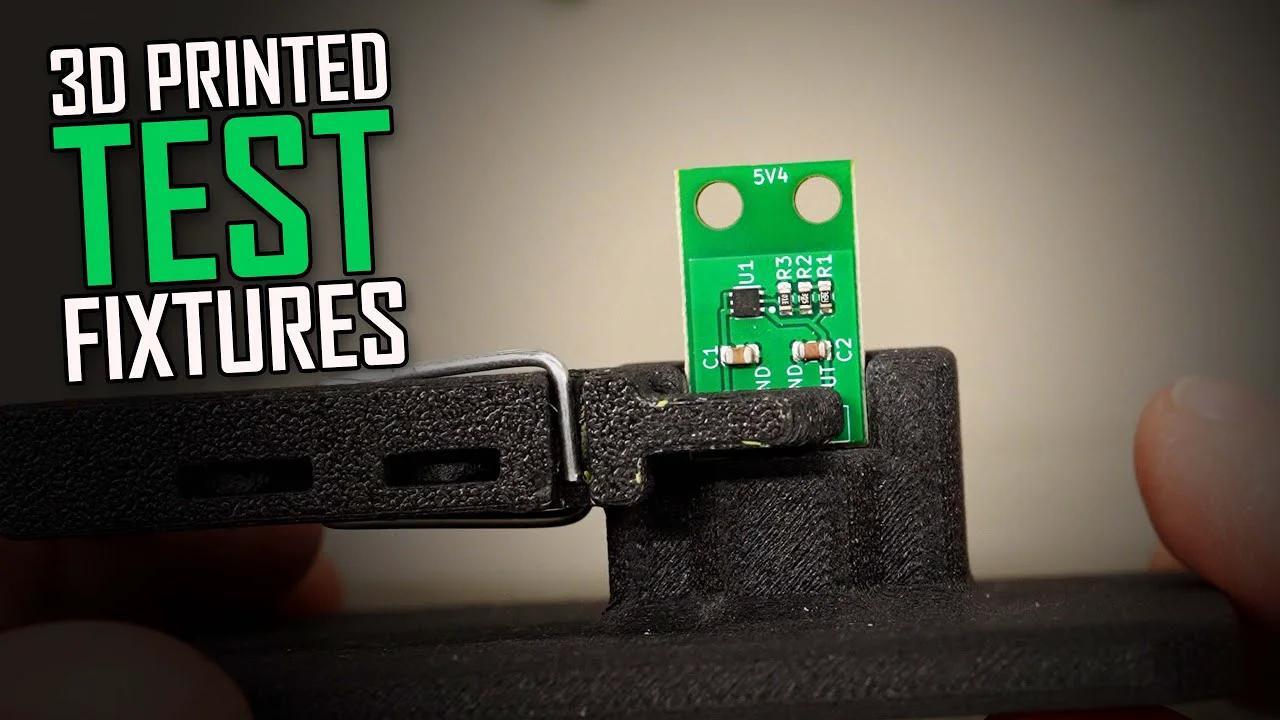

I am surprised it took you this long.
The next step in this evolutionary thinking is simple. Buying hardware specs is a fool’s folly. I don’t compare hardware. Ads and marketing are totally nonsense and not worth even a slight glance. The ONLY thing that matters is what open source projects exist and what hardware do they support well. This is how I shop. Open Source or F.O.















Literally (fiction) speaking, I’ve randomly gambled on ~10 generations max before the population crashes if a generation ship arrives and fails to complete an O’Neill cylinder on the other side.
Sound legit? 4am, going to bed, so no read.